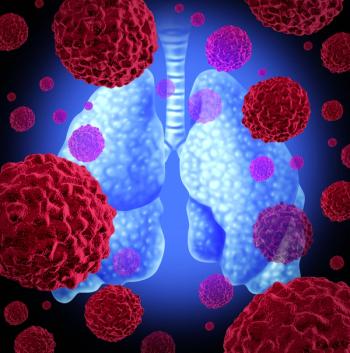
- ONCOLOGY Vol 20 No 11
- Volume 20
- Issue 11
Study Cites High Cancer Rates Among African-Americans
Astudy conducted by researchers from the Medical University of South Carolina (MUSC) and University of South Carolina shows that the cancer rate among blacks living in South Carolina is nearly twice as great as it is for whites in the state.
Astudy conducted by researchers from the Medical University of South Carolina (MUSC) and University of South Carolina shows that the cancer rate among blacks living in South Carolina is nearly twice as great as it is for whites in the state. The study, released September 13 by the Journal of the South Carolina Medical Association, focuses on racial imbalances that exist in African-American and European-American cancer rates in South Carolina, while comparing cancer disparities between the two races nationally.
Key Findings
South Carolina leads the nation in cancer rates. The study found that in South Carolina:
• African-American women are about 60% more likely than white women to die from breast cancer after diagnosis, which is the largest disparity in the country.
• African-American men are nearly 80% more likely to get prostate cancer and nearly three times more likely to die of the disease than white men. This is about 50% of the rate nationally.
• Both African-American men and women are more likely to have and die of colorectal cancer than their white counterparts.
• African-American women are much more likely to be diagnosed and die from cervical cancer; despite similar screening rates.
Innovative Programs
MUSC's Anthony Alberg, PhD, associate director and chairman of Cancer Prevention and Control at MUSC's Hollings Cancer Center, the largest academic-based cancer program in South Carolina, also was an author of the study. His focus has been on the causes of lung cancer among African-Americans.
"We understand the importance of the issue of cancer disparities, and we are creating innovative programs to help educate African-Americans on the importance of early tests, and how lifestyle choices, including not smoking, eating a healthy diet, and exercise can help to prevent many cancers," said Dr. Alberg.
Meanwhile, programs including Health-e-AME and Brothers Against Prostate Cancer, which is operated through barber shops in South Carolina, are supported by MUSC and focus on cancer prevention and other health disparities among African-Americans.
Although some of the differences are clearly related to socioeconomic factors that determine access to health care, "we are pretty much in the dark regarding many of the underlying causes," said James Hebert, PhD, a University of South Carolina researcher and a journal contributor.
Articles in this issue
over 19 years ago
Epocrates Helps Clinicians Address Patient Safety Needsover 19 years ago
Treating Advanced Breast Cancer in the Older Woman: Review 2over 19 years ago
Treating Advanced Breast Cancer in the Older Woman: Review 1over 19 years ago
Exercisers May Have Better Breast Cancer Survivalover 19 years ago
Cancer Pain Management in the 21st Century: Review 3over 19 years ago
FDA Approves Amgen's Panitumumab to Treat Advanced Colon CancerNewsletter
Stay up to date on recent advances in the multidisciplinary approach to cancer.































































































